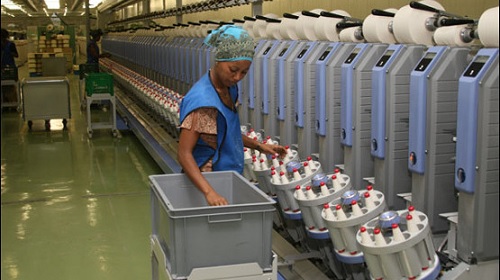
ADDIS ABABA (AACCSA)– Ethiopian leather industry has enormous potential investment and business opportunities and yet the country has made so little of it so far. Ethiopian investors suffer from dependence on imports for most of their inputs and export unfinished products other countries use as raw materials, tied up operation capital, as well as from lack of modern animal husbandry in the country.
Addis Ababa Chamber of Commerce and Sectoral Associations (AACCSA) has been organizing a monthly forum and one of these forums in 2017 was on ‘opportunities and challenges of investment in the Ethiopian leather industry’ in which operators of the sector and related government bodies took part. A professional of extensive experience had presented a study on the theme.
There are about 65 major companies of all sizes in the sector (i.e., Ethiopian leather industry) and these have created a 22,000 direct jobs. Companies come, among others, from China, Canada, India, and Germany. The sector is considered one strategic area by the government and a priority for 2013 to 2025 plan, the presenter of the study said.
Ethiopian leather is composed of four sub-industries: tanning, footwear, glove, and leather garment and goods. However, development of the sector is found at a very low level. Export for the sector in 2011/12, 2012/13, 2013/14, and 2014/15 is USD 112, 123, 132, and 116, respectively. Contribution to the economy is third place after coffee and oilseeds with a GDP contribution of 9 billion birr [0.7% of manufacturing].
All these occur despite the huge potential the sector presents. Ethiopia has 56 million heads of cattle, 26 million sheep, 25 million goats and stands first in Africa and has a high place globally too. Ethiopia has huge global market opportunities as well: COMESA, AGOA, EBA, China, India, Japan, etc. The global leather market is worth USD 160 billion, with shoe alone claiming 200 billion USD. A lot remains to be done before all these opportunities could produce the benefits to the nation.
Source: AACCSA
